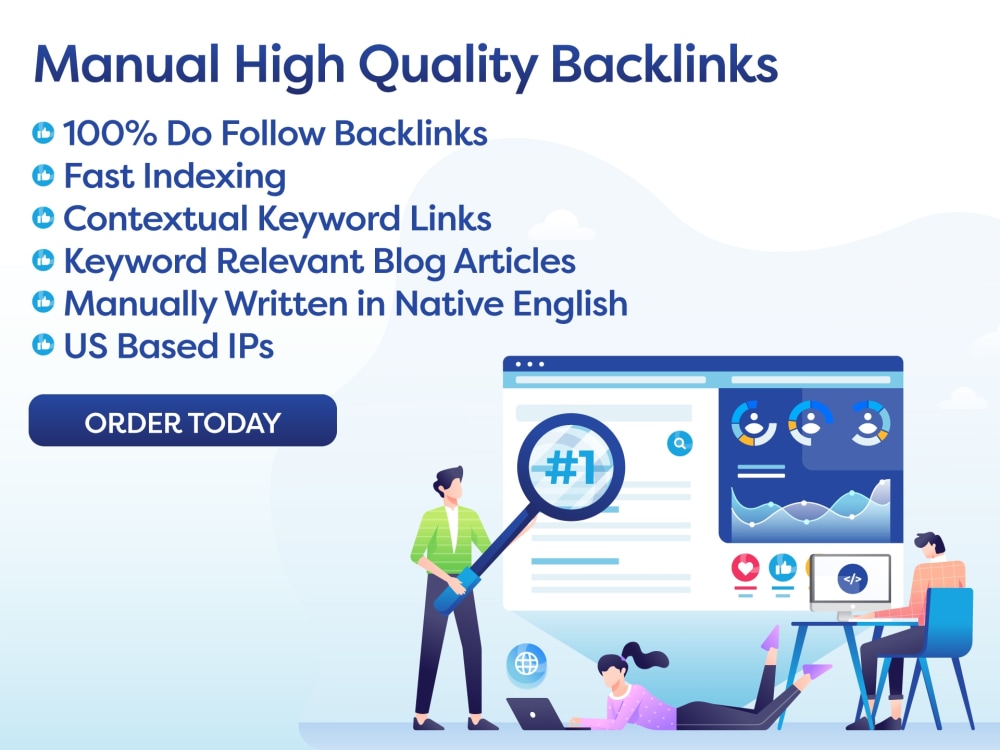Mastering Anchor Text Optimization
The Importance of Anchor Text Optimization
Anchor text optimization is a crucial aspect of search engine optimization (SEO) that often gets overlooked. It refers to the clickable text in a hyperlink that directs users to another webpage. This text is not only useful for users to navigate through a website, but it also plays a significant role in SEO. By optimizing anchor text, you can improve your website’s link effectiveness and enhance its overall SEO performance.
Understanding Anchor Text
Anchor text is the visible, clickable text in a hyperlink. It is typically underlined and displayed in a different color from the surrounding text. The purpose of anchor text is to provide a brief description of the content on the linked page and entice users to click on it. For example, in the anchor text “5 Tips for Mastering Anchor Text Optimization,” the text “5 Tips for Mastering Anchor Text Optimization” is the anchor text.
Types of Anchor Text
There are several types of anchor text that you can use, each with its own purpose and impact on SEO. Let’s take a closer look at each type:
Exact Match Anchor Text
An exact match anchor text is an exact keyword or phrase that is used as the anchor text. For example, if you want to link to a webpage about “best SEO practices,” you would use the exact phrase “best SEO practices” as the anchor text. While this type of anchor text can be effective for SEO, it should be used sparingly as it can appear unnatural and spammy to search engines.
Partial Match Anchor Text
A partial match anchor text includes a variation of the target keyword or phrase. For instance, instead of using the exact phrase “best SEO practices,” you could use “top SEO tips” as the anchor text. This type of anchor text is more natural and diverse, making it a better choice for SEO.
Naked Link Anchor Text
A naked link anchor text is simply a URL used as the anchor text. This type of anchor text is not as effective for SEO since it does not include any relevant keywords. However, it can be useful for branding purposes and is often used when linking to a company’s homepage or social media profile.
Branded Anchor Text
Branded anchor text includes the name of a brand or company as the anchor text. For example, “Visit Apple’s website” would be considered branded anchor text. This type of anchor text can be useful for establishing brand recognition and can also include relevant keywords if done correctly.
Generic Anchor Text
Generic anchor text is non-descriptive and does not include any specific keywords or phrases. Examples of generic anchor text include “click here,” “learn more,” or “read this article.” While this type of anchor text may not have a direct impact on SEO, it can still be useful for user experience and can help to break up the monotony of keyword-heavy anchor text.
Best Practices for Anchor Text Optimization
Now that you understand the different types of anchor text, let’s explore some best practices for optimizing your anchor text:
Use Relevant and Descriptive Anchor Text
The most crucial aspect of anchor text optimization is to use relevant and descriptive anchor text. This means using keywords that accurately describe the content on the linked page. Not only does this help users understand what they can expect to find on the linked page, but it also helps search engines understand the context of the link and improve its ranking potential.
Vary Your Anchor Text
Using the same anchor text for every link on your website can appear unnatural and can raise red flags to search engines. It’s essential to vary your anchor text and use a mix of exact match, partial match, and branded anchor text. This will make your link profile look more natural and diverse, which can improve your SEO performance.
Avoid Keyword Stuffing
While it may be tempting to use as many keywords as possible in your anchor text, this can actually harm your SEO. Keyword stuffing is when you excessively use keywords in your anchor text, making it appear spammy to search engines. It’s best to use keywords sparingly and focus on creating relevant and natural anchor text.
Keep Anchor Text Concise and Clear
The purpose of anchor text is to provide a clear and concise description of the linked page. It’s best to keep your anchor text between 2-5 words for optimal readability. This will also help to avoid keyword stuffing and make your anchor text more natural.
Link to High-Quality and Relevant Pages
The quality and relevance of the linked page also play a crucial role in anchor text optimization. Make sure to link to high-quality and relevant pages that provide value to your audience. This will not only improve your SEO but also enhance the user experience on your website.
In Conclusion
Optimizing your anchor text strategy is an essential aspect of SEO that should not be overlooked. By using relevant and diverse anchor text, you can boost your link effectiveness and improve your website’s overall SEO performance

